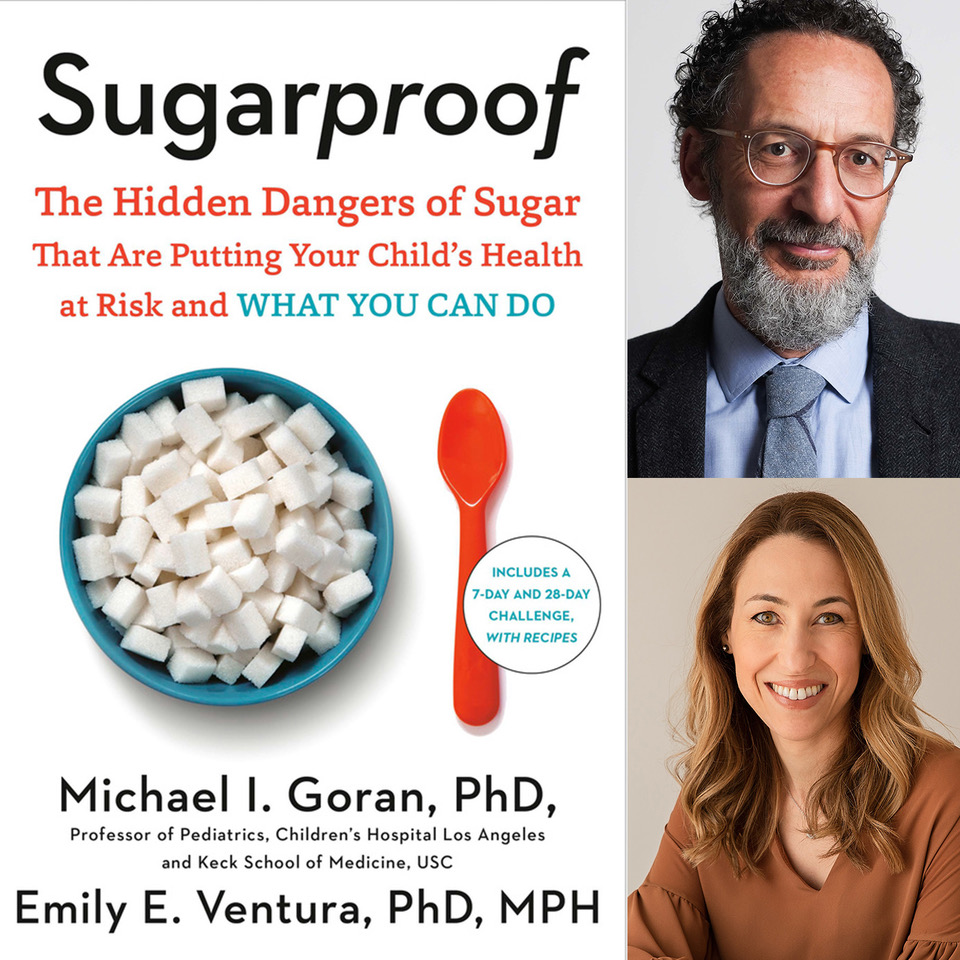As parents we all know how hungry kids are when they come out of the pool or arrive home from day camp. And on days when they are at home, it can be equally tough to keep up with their requests for snacks and favorite treats like ice cream and Popsicles on hot days. Do you ever feel like you are out of ideas for what to make or buy when considering health at the same time?
Unfortunately, most of the snacks and products marketed towards children have deceptive claims on the packaging. They may say “whole grain” or “made with fruit” or “rich in calcium,” making parents think they are getting something with added nutritional value, whereas many of these are actually full of hidden sugars or sweeteners and other unwanted ingredients such as refined seed oils or artificial colors. These include many granola bars, crackers, chips, yogurts, fruit ice bars and fruit snacks. One granola bar alone often has 3 teaspoons of added sugar in it, which is half of the daily maximum suggested for kids ages 2-18. And, that’s not to count the low-calorie sweeteners that are now often hidden in products marketed to kids.
For example, look closely at the label of the popular Outshine frozen fruit bars that say “no sugar added.” The strawberry version of these bars has three types of low-calorie sweeteners in it (sorbitol, sucralose, and Ace K) as well as two types of hidden sugars (polydextrose and maltodextrin) and 2 types of fruit juice concentrates, which we also consider to be added sugar because the fiber has been removed, making them quickly absorbed by the body. As we explain in our book “Sugarproof,” forms of sugars that are high in fructose such as fruit juice concentrates can contribute to gastrointestinal issues and increase risk for non-alcoholic fatty liver (NAFLD) disease because the liver converts fructose to fat.
As an easy solution to buying these type of fruit bars, make your own simple bars by blending your favorite summer fruits and freezing them into popsicle moulds. Using whole fruit instead of juice retains the fiber which helps slows the absorption of the sugar. Or simply cut pieces of watermelon and freeze them, leaving the rind on to use as a handle, making a natural one ingredient fruit bar that is healthy and affordable at the same time.
For other easy homemade snacks, we love slices of cucumber sprinkled with Japanese furikake seasoning, which is a mix of seaweed flakes, sesame seeds, and sea salt. Kids seem to like the crunchiness this adds to snacks. Always look for a brand that does not have added sugar or MSG in it. Or, for parents that have some time, try our easy recipe for Crispy Chickpea Snacks from “Sugarproof.” You can vary the seasonings (we are currently loving garam masala) and they make for a super flavorful, high-fiber, inexpensive snack.
For pre-packaged options you can rely on when you don’t have time to make something, try any type of raw or roasted nuts (ideally without refined oils), mini size Lara bars, Skout bars, crackers that are made without refined flours and do not have seed oils such as Mary’s Gone Crackers, Flackers, Wasa Crisp Breads, or Whisps Parmesan Cheese Crisps. Instead of potato chips or popcorn that contain added sugar and/or refined seed oils, try a popcorn like Lesser Evil Himalayan Gold or Terra Chips Plantain Sea Salt. Look for brands made with coconut oil or olive oil. Protein snacks such as New Primal Meat Sticks or Babybel cheese are also convenient and do not contain added sugars.
With these tips, you can keep up with your children’s summer snack appetites and preserve and promote their health at the same time.
Bio: Dr. Michael Goran, Ph.D. is a professor of pediatrics at the Children’s Hospital of Los Angeles and Scientific Advisor for popular brand, Yumi Baby Food. Dr. Emily Ventura is an expert in nutrition education and recipe development. They are both are co-authors of pioneering new book, “SUGARPROOF: The Hidden Dangers of Sugar That Are Putting Your Child’s Health at Risk and What You Can Do” (Avery/Penguin Random House). This book busts myths about the various types of sugars and sweeteners, helps families identify sneaky sources of sugar in their diets and suggests realistic, family-based solutions to reduce sugar consumption and protect kids. To purchase the book or for more information, visit www.sugarproofkids.com



























